Landfill sites and contamination
Part C of the Building Regulations 2010 specifies the requirements for site preparation and resistance to contaminants. In particular, Requirement C1(2) states “reasonable precautions shall be taken to avoid danger to health and safety caused by contaminants on or in the ground covered, or to be covered by the building and any land associated with the building”.
For the purposes of Part C of the Building Regulations 2010, a contaminant is defined as “any substance which is or may become harmful to persons or buildings, including substances which are corrosive, explosive, flammable, radioactive or toxic”.
A wide range of solid, liquid and gaseous contaminants can arise on sites, especially those that have had a previous industrial use. Similarly, sites with a generally rural use such as agriculture or forestry may be contaminated by pesticides, fertiliser, fuel and oils and decaying matter of biological origin. Furthermore, the burial of biodegradable waste in landfills can give rise to landfill gas.
Figure 1 lists examples of sites that are likely to contain contaminants. It is derived from the Industry Profile guides produced by the former Department of the Environment (DoE), each of which deals with a different industry with the potential to cause contamination. Each profile identifies contaminants which may be associated with the industry, areas on the site in which they may be found and possible routes for migration.
Figure 1: Examples of sites likely to contain contaminants.
In addition, there can be problems of natural contaminants in certain parts of the country as a result of the underlying geology. In this instance the contaminants can be naturally occurring heavy metals (e.g. cadmium and arsenic) originating in mining areas, and gases (e.g. methane and carbon dioxide) originating in coal mining areas and from organic rich soils and sediments such as peat and river silts. However, this article will focus on contamination from landfill sites.
Methane and other gas from the ground
The term methane and other gases is used to define hazardous soil gases which either originate from waste deposited in landfill sites or are generated naturally. It does not include radon. However, the term does include volatile organic compounds (VOCs). The guidance in Approved Document C for England and Wales are the minimum that are needed to comply with the requirements of Part C of the Building Regulations. Further actions may be necessary to deal with the requirements of other legislation.
Landfill gas is generated by the action of micro-organisms on biodegradable waste materials in landfill sites. It generally consists of methane and carbon dioxide together with small quantities of VOCs which give the gas its characteristic odour. Methane and oxygen deficient atmospheres (sometimes referred to as stythe or black-damp) containing elevated levels of carbon dioxide and nitrogen can be generated naturally in coal mining areas. Methane and carbon dioxide can also be produced by organic rich soils and sediments such as peat and river silts. A wide range of VOCs can also be present as a result of petrol, oil and solvent spillages. Methane and other gases can migrate through the subsoil and through cracks and fissures into buildings.
Methane is an explosive and asphyxiating gas. Carbon dioxide although non-flammable is toxic. VOCs are not only flammable and toxic but can also have a strong, unpleasant odour. Should any of these gases build up to hazardous levels in buildings then they can cause harm to health or compromise safety.
Further investigation for hazardous soil gases may be required where the ground to be covered by the building and/or any land associated with the building is:
- On a landfill site, within 250m of the boundary of a landfill site or where there is suspicion that it is within the sphere of influence of such a site
- On a site subject to the wide scale deposition of biodegradable substances (including made ground or fill)
- On a site that has been subject to a use that could give rise to petrol, oil or solvent spillages
- In an area subject to naturally occurring methane, carbon dioxide and other hazardous gases (e.g. hydrogen sulphide)
How do I know where landfill sites are located?
The Environment Agency holds historical information on the number of landfill sites that have closed between 1976 and 1994. The West Midlands had the most historical landfill sites and London had the least - as shown in Figure 2.
The Environment Agency also holds information on the number of open landfill sites. South East England (excluding London) has the most open landfill sites and London has the least as shown in Figure 3.
Figure 2: Landfill sites that closed between 1976 and 1994. Courtesy of the Environment Agency
Figure 3: Licensed landfill sites open in 2001. Courtesy of the Environment Agency
Information on land uses can be used to identify sites that may be affected by contamination. Data is available commercially from a number of sources. However, please note that this data typically does not identify actual contamination, just sites and areas where a potentially contaminating land use has taken place.
You may also be able to gather information on the location of landfill sites by using the following tools:
- Walkover survey with site reconnaissance
- Previous ground investigation records, if available
- Commercial environmental search reports
- Historical maps and aerial photographs
- Internet searches (of the site name, local area, land uses, etc.)
- British Geological Survey maps, published reports, and borehole records
- Coal Authority records
- Open source data including current and historic landfill boundaries from www.data.gov.uk
- Local Authority records: manual search of planning portals and/or paid contaminated land search reports
- Local history records, Historic England, National Archives
- Existing topographical surveys and Google Earth photos and elevation profiles
What should you do when building on or near landfill sites?
Approved Document C states that when building on or near landfill sites, the Environment Agency’s policy detailed in Assessment and management of risks to buildings, building materials and services from land contamination should be followed.
Furthermore, Approved Document C states a risk assessment process (outlined in paragraph 2.8 of Approved Document C) should also be adopted. In assessing the risks for land contamination a tiered approach is adopted with an increasing level of detail required in progressing through the tiers.
The three tiers are:
- preliminary risk assessment
- generic quantitative risk assessment (GQRA)
- detailed quantitative risk assessment (DQRA)
Once the need for a risk assessment has been identified, it will always be necessary to undertake a preliminary risk assessment but, depending on the situation and the outcome, it may not be appropriate to do a more detailed risk assessment. Alternatively, it may be necessary to do only one or both of the more detailed risk assessments.
For each tier, the model procedures for the management of land contamination (CLR 11) document (published by DEFRA and the Environment Agency) describes the stages of risk assessment that should be followed for identifying risks and making judgements about the consequences of land affected by contamination when developing a site. It should be noted that CLR 11 was withdrawn on 8 October 2020 and replaced with Land contamination risk management published by the Environment Agency. However, as CLR 11 is cited in Approved Document C in both England and Wales, it may still be used to demonstrate compliance with the Building Regulations, albeit care should be taken to ensure that it is fit-for-purpose and suitable for your individual project.
The stages of risk assessment outlined in CLR 11 are summarised below:
a) Hazard identification – developing the conceptual model by establishing contaminant sources, pathways and receptors. This is the preliminary site assessment which consists of a desk study and a site walk-over in order to obtain sufficient information to obtain an initial understanding of the potential risks. An initial conceptual model for the site can be based on this information.
b) Hazard assessment – identifying what pollutant linkages may be present and analysing the potential for unacceptable risks. Collect further information and undertake exploratory site investigation to refine understanding of risks and the likelihood of pollutant linkages. The results may be interpreted using generic criteria and assumptions.
c) Risk estimation – establishing the scale of the possible consequences by considering the degree of harm that may result and to which receptors. Undertake detailed ground investigation to collect sufficient data to estimate the risks the contaminants may pose to defined receptors under defined conditions of exposure.
d) Risk evaluation – deciding whether the risks are acceptable or unacceptable. Review all site data to decide whether estimated risks are unacceptable, taking into account the nature and scale of any uncertainties associated with the risk estimation process.
Even if the land is not subject to Building Regulations, which are concerned with health and safety, it may still be subject to planning control legislation or to control under Part IIA of the Environmental Protection Act 1990.
Remember, contaminated land is a complex area of construction, so specialist advice should be obtained from a competent professional where needed. Getting it wrong can cost you a lot of time and money in remediation, and more importantly expose occupants to risk.
Further guidance
Further guidance on the investigation of sites potentially affected by contaminants is provided in:
- BS 5930 – Code of practice for site investigations
- BS 10175 – Code of practice for investigation of potentially contaminated sites
- LABC Warranty blog on contamination risks when building on brownfield land
- Section 1 in the LABC Warranty Technical Manual which provides further information on site investigations
NOTE: Every care was taken to ensure the information was correct at the time of publication. Any written guidance provided does not replace the user’s professional judgement. It is the responsibility of the dutyholder or person carrying out the work to ensure compliance with relevant building regulations or applicable technical standards.
Sign up to the building bulletin newsletter
Over 48,000 construction professionals have already signed up for the LABC Building Bulletin.
Join them and receive useful tips, practical technical information and industry news by email once every 6 weeks.
Subscribe to the Building Bulletin
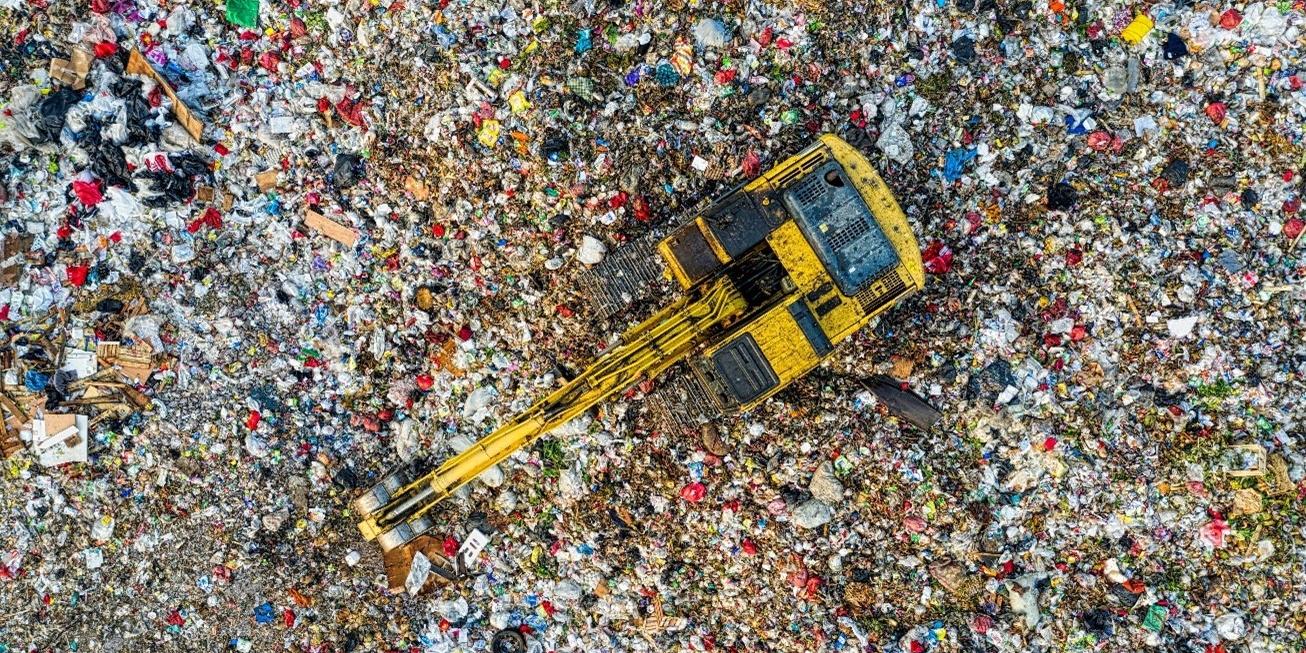
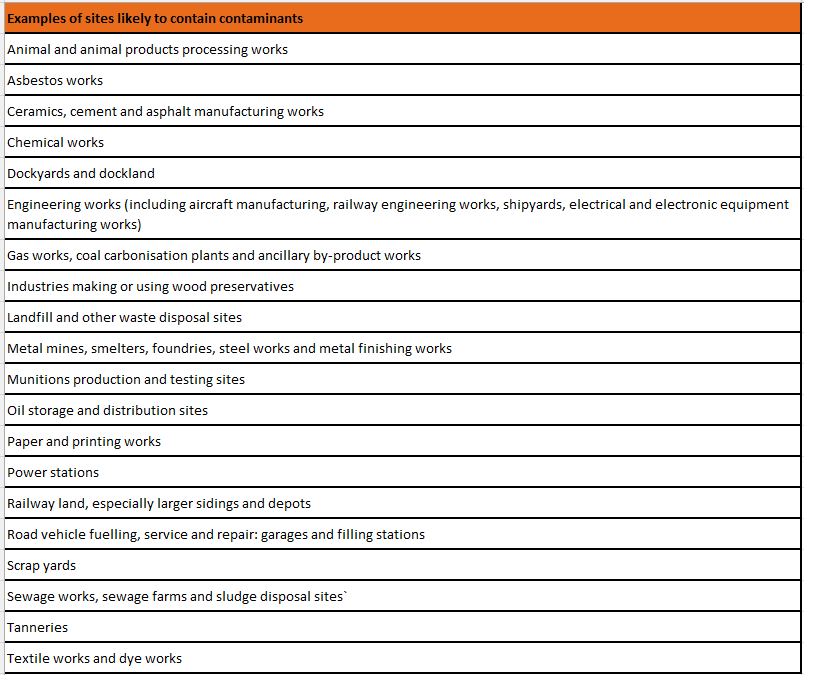
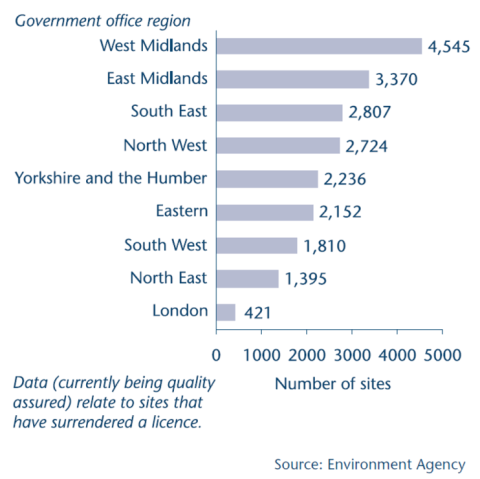
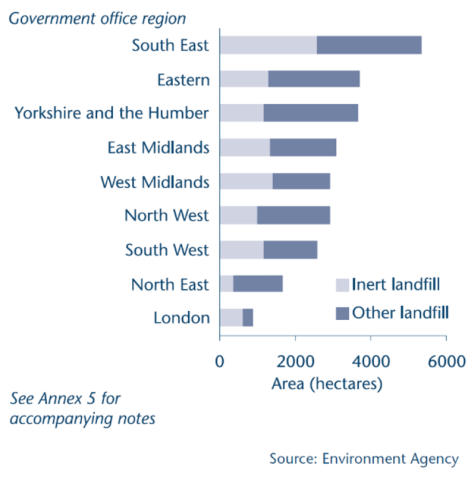

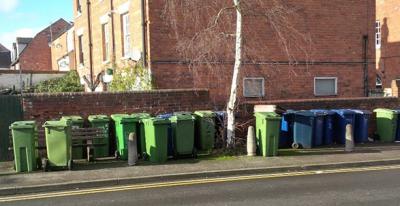
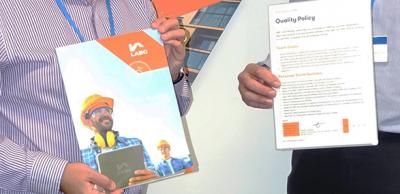
Comments
contaminated land
Submitted 1 year 11 months ago
Ychwanegu sylw newydd